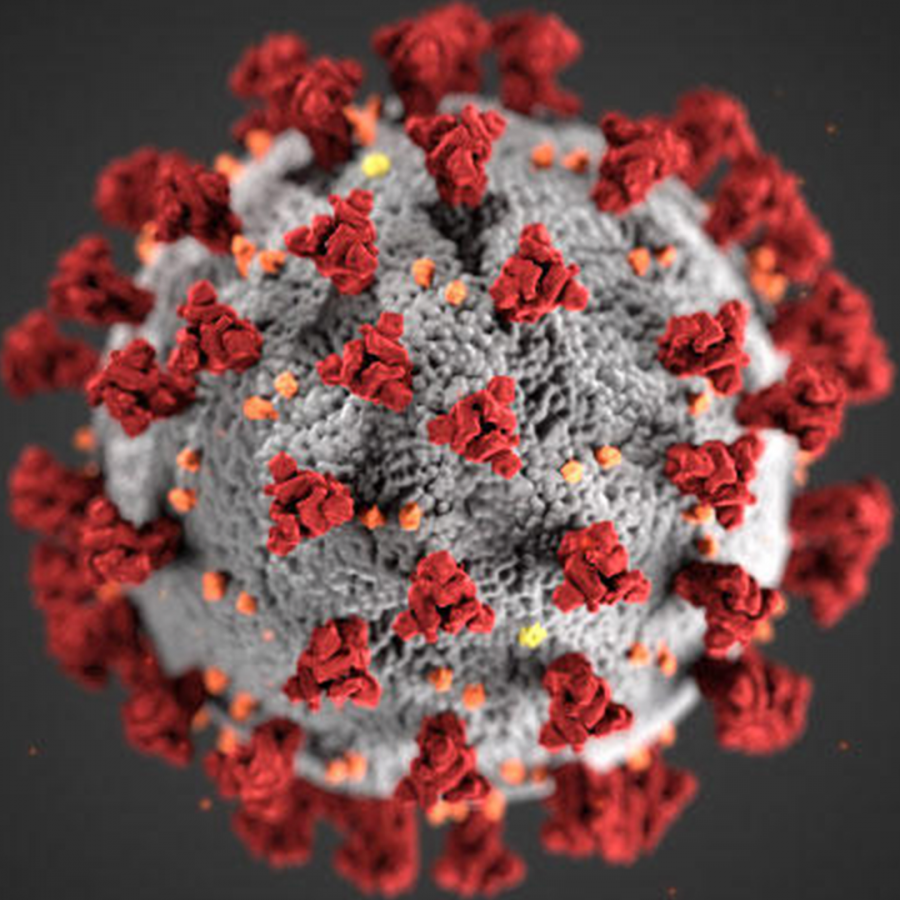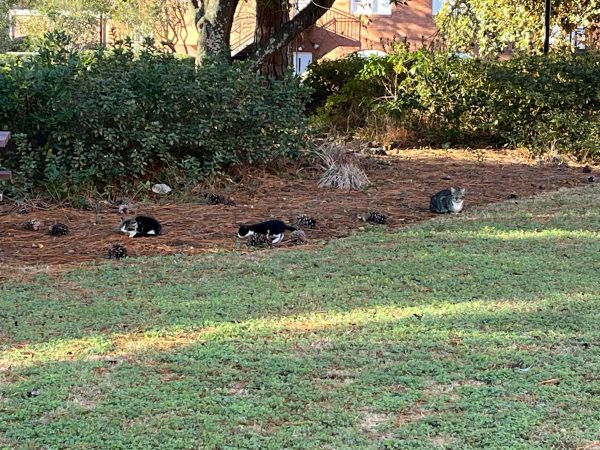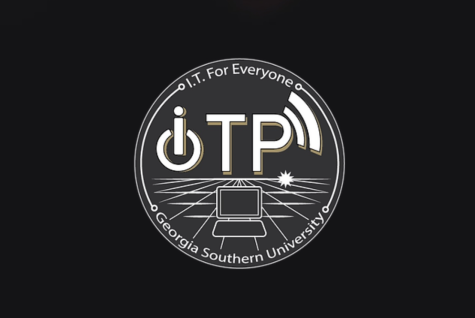Is COVID getting stronger and closer to home?
February 24, 2021
One of the more recent headlines that have been circulating is about COVID-19 variants being detected and reported on closer and closer to home.
The CDC defines a virus variant as having “[…] one or more mutations that differentiate it from the wild-type or predominant virus variants already circulating among the general population.”
As of their last update on Jan 31, the CDC seemed to be more focused on the UK variant (B.1.1.7), South African Variant (B.1.351), and the Brazilian variant (P.1) which are named after they are thought to originate from.
According to the CDC these three variants share a mutation labeled D614G, which according to a non-peer-reviewed article and epidemiological evidence allows the variants to spread more quickly than the predominant virus strain.
These variants are naturally occurring as a virus spreads through a population and the CDC is tracking and documenting these variants as well as the predominant strain through Genomic Surveillance.
The Georgia Department of Public Health published a news release stating that as of Feb 1, there were 19 total cases of the UK Variant (B.1.1.7) in the state of Georgia. They also issued the assurance that the same precautions that have been taken to slow the spread of the predominant strain: wearing face masks, maintaining social distancing, hand washing and avoiding large gatherings, would help slow the spread of these variants.
As of the Feb 23, the CDC’s updated “Emerging Variant Cases in the United States” map shows 119 cases of the UK variant (B.1.1.7) and zero cases present of the South African (B.1.351) or Brazilian (P.1) variants for the state of Georgia.
More information about COVID-19 variants can be found on the CDC’s website.
















